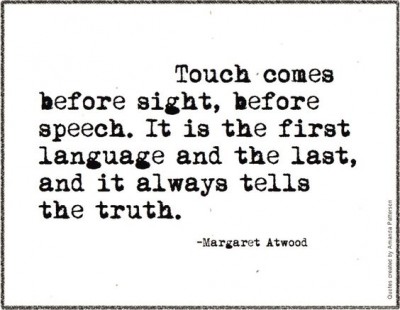 The number of older adults with dementia is forecast to more than double in the next 40 years. Training people to care for these individuals – both professionals and families is paramount in improving the quality of life for the caregiver as well as the care receiver. Is it time to get back to basics in our approach to education and training?
The number of older adults with dementia is forecast to more than double in the next 40 years. Training people to care for these individuals – both professionals and families is paramount in improving the quality of life for the caregiver as well as the care receiver. Is it time to get back to basics in our approach to education and training?
Attitudes, skills and knowledge of staff working with people who are living with dementia have the potential to influence the person’s well-being, quality of life and function. Training is often seen as the means by which changes in quality of care can be pursued, and there are an increasing number of opportunities for staff in dementia care to attend training courses to help improve competence in care. However, there is evidence in many fields that training alone is not sufficient to effect significant positive change.
Grounded in the philosophy of person-centered care is that each person is an individual with his/her own values, needs, family situations, spiritual beliefs and lifestyles. Being compassionate, thinking about things from another person’s perspective and being respectful are all basic qualities of person-centered core values. It is certainly not just about activities. Core personal values in communications, engagement and relationship building are back to basics skills that are:
Feasible: Uses existing resources, are easy for staff to learn and practically ensures sustainability
Is Effective: Eases physical and emotional distress, builds trust in caregivers and provides a holistic personalized approach
Encourages Family Engagement: Provides a means for family to support their loved ones and enhances the family, staff teamwork
Improves Staff Satisfaction: Empowers staff with meaningful tools, reduces fatigue and builds core competencies
Getting Back to Basics is the Simplest Means to Find Calm in the Chaos…
Pam Brandon is President/Founder of AGE-u-cate® Training Institute, whose Dementia Live™️ and Compassionate Touch® programs are transforming care across the US and abroad.
 Losing sleep, poor eating habits, irritability or short tempered – these symptoms may start small and snowball quickly into what is referred to as caregiver burnout. Professionals and families need to know what to look for and how to help caregivers. It’s a serious matter and growing, as more families are caring for their loved ones at home with little or no help.
Losing sleep, poor eating habits, irritability or short tempered – these symptoms may start small and snowball quickly into what is referred to as caregiver burnout. Professionals and families need to know what to look for and how to help caregivers. It’s a serious matter and growing, as more families are caring for their loved ones at home with little or no help. Touch is one of our most fundamental needs.
Touch is one of our most fundamental needs. Montessori’s education method for childhood learning was launched in the early 1900s by Maria Montessori. It calls for free activity within a “prepared environment”, meaning an educational environment tailored to basic human characteristics, to the specific characteristics of children at different ages, and to the individual personalities of each child. The function of the environment is to help and allow the child to develop independence in all areas according to his or her inner psychological directives. In addition to offering access to the Montessori materials appropriate to the age of the children, the environment should exhibit the following characteristics:
Montessori’s education method for childhood learning was launched in the early 1900s by Maria Montessori. It calls for free activity within a “prepared environment”, meaning an educational environment tailored to basic human characteristics, to the specific characteristics of children at different ages, and to the individual personalities of each child. The function of the environment is to help and allow the child to develop independence in all areas according to his or her inner psychological directives. In addition to offering access to the Montessori materials appropriate to the age of the children, the environment should exhibit the following characteristics: